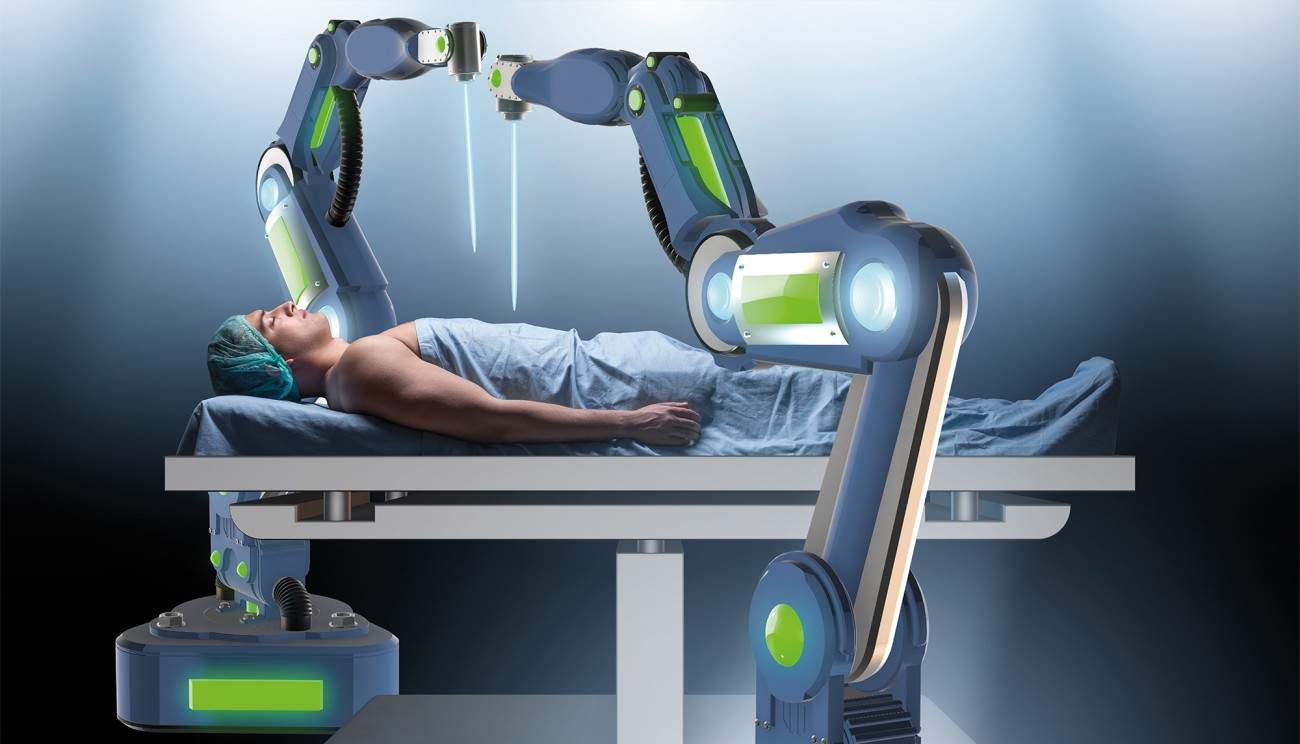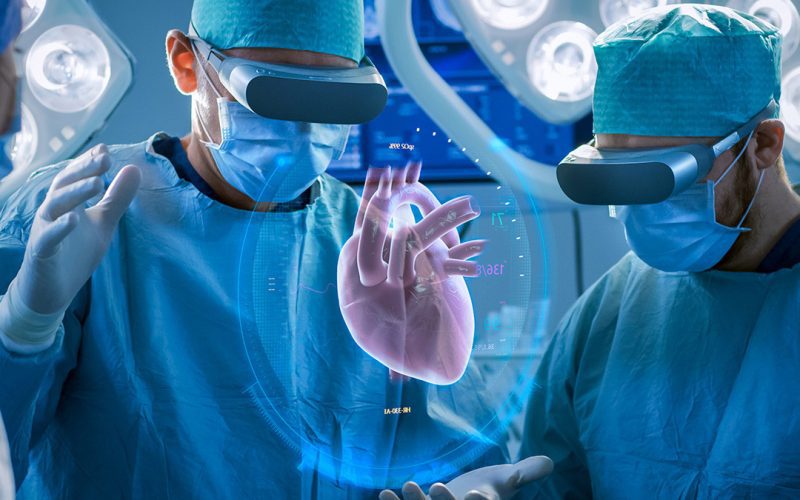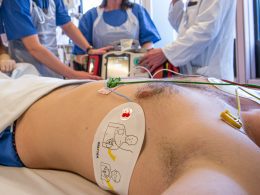Author Introduction
Dr. Alex Turner, a renowned robotic surgeon and pioneer in the field, brings a wealth of experience and expertise to the forefront of surgical innovation. With a passion for advancing patient care through technology, Dr. Turner offers invaluable insights into the world of robotic surgery.
The Rise of Robotic Surgery
Robotic surgery has heralded a new era in medical procedures, elevating the standards of precision and safety across diverse surgical disciplines. From its inception, driven by the quest for perfection in surgical outcomes, robotic systems have become indispensable assets in modern operating theaters.
In the past few decades, robotic surgery has evolved from a novel concept to a mainstream practice. Initially developed to assist in delicate procedures requiring utmost precision, such as cardiac and neurosurgery, robotic systems now span a wide spectrum of specialties including urology, gynecology, and orthopedics. The integration of advanced robotic technologies has enabled surgeons to perform complex maneuvers with enhanced dexterity and control, surpassing the limitations of traditional surgical methods.
How Robotic Surgery Works
At its core, robotic surgery involves a sophisticated interplay between cutting-edge technology and surgical expertise. A typical robotic surgical system consists of robotic arms equipped with precision instruments, controlled by a surgeon from a console. This console provides a three-dimensional, high-definition view of the surgical site, coupled with magnified visuals, allowing for meticulous maneuvering and real-time assessment.
The surgeon’s movements are translated into precise actions by the robotic arms, which are designed to mimic the human wrist’s range of motion but with greater flexibility and steadiness. This synergy between human skill and robotic precision minimizes the margin of error, thereby optimizing surgical outcomes and patient recovery.

Benefits of Robotic Surgery for Patients
The advantages of robotic surgery for patients are manifold, revolutionizing the surgical experience in terms of safety, efficacy, and post-operative recovery:
- Enhanced Precision: Robotic systems offer unparalleled accuracy, enabling surgeons to perform intricate procedures with minimal trauma to surrounding tissues.
- Reduced Invasiveness: Smaller incisions translate to less blood loss, lower risk of infection, and faster healing times compared to traditional open surgeries.
- Quicker Recovery: Patients undergoing robotic procedures typically experience shorter hospital stays and quicker return to daily activities, contributing to improved overall quality of life.
The Role of Robotics in Minimally Invasive Surgery
Minimally invasive surgery (MIS) has been significantly augmented by robotic technologies. Traditionally, MIS relied on laparoscopic instruments manipulated directly by surgeons. Robotic-assisted MIS enhances this approach by offering finer movements, ergonomic benefits for surgeons, and an enhanced field of vision. These advancements are particularly beneficial in procedures requiring delicate tissue manipulation or precise suturing, where the robot’s steadiness and accuracy shine.
Challenges and Considerations
Despite its myriad benefits, robotic surgery poses challenges and considerations. Initial costs for setting up robotic systems can be substantial, necessitating careful financial planning by healthcare institutions. Additionally, there is a learning curve for surgeons transitioning to robotic techniques, requiring specialized training to maximize proficiency and patient safety. Ensuring equitable access to robotic surgery remains an ongoing concern, as its availability varies across regions and healthcare settings.
The Future of Robotic Surgery
Looking ahead, the future of robotic surgery promises continued innovation and refinement. Advancements in artificial intelligence (AI) and machine learning are poised to enhance robotic capabilities further, potentially enabling autonomous surgical procedures under human supervision. Miniaturization of robotic components may lead to more compact systems suited for a broader range of surgeries, further expanding accessibility and application.
Ethical Implications and Societal Impact
As robotic surgery becomes more prevalent, ethical considerations arise regarding patient consent, the role of automation in healthcare decision-making, and equitable distribution of technological benefits. Addressing these ethical dimensions is crucial to ensuring that robotic surgery evolves responsibly, maintaining patient-centered care as its cornerstone.
Conclusion
Robotic surgery stands as a cornerstone of modern healthcare, epitomizing the synergistic relationship between human ingenuity and technological advancement. With its precision, safety enhancements, and patient-centered benefits, robotic surgery continues to redefine the standards of surgical excellence. As we navigate the ethical complexities and embrace future innovations, the integration of robotics into surgical practice promises to elevate patient care to unprecedented heights.












